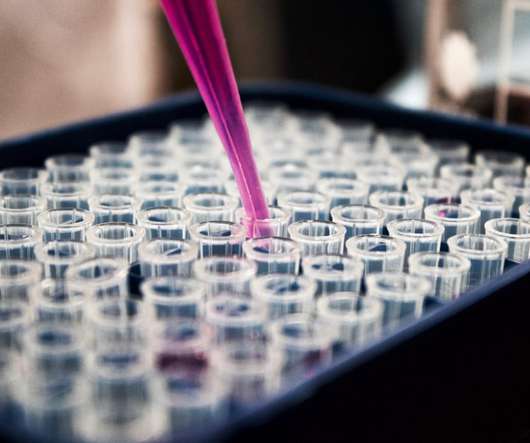Performing Non-Compartmental Analysis with Julia and Pumas AI
Domino Data Lab
DECEMBER 4, 2020
Having calculated AUC/AUMC, we can further derive a number of useful metrics like: Total clearance of the drug from plasma. Domino Lab supports both interactive and batch experimentation with all popular IDEs and notebooks (Jupyter, RStudio, SAS, Zeppelin, etc.). The area under the first moment curve would respectively be. cl_f = NCA.cl(pain_nca)














Let's personalize your content